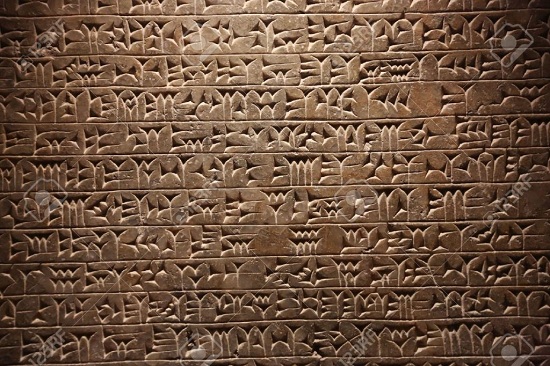1. Gestures
-These are signals or body movements intended to pass a message. The person to whom the gesture is
directed must know the meaning of the gesture.
2. Verbal communication-language
-This is the commonest form of communication among human beings involving the use of sound (spoken
language) in combination with some gestures or alone, to express messages There are over 6000 distinct
languages world today.
3. Signals
-The use of plants on the roadsides, the shaving of hair, physical marks on one’s body or property are means through which communication is passed to others.
4. Fire and smoke signals
-Fire and smoke signals were used to send quick and urgent messages. Fire and smoke signals were coded such that strangers could not interpret the message correctly.
Advantages of using fire and smoke signals.
- Fire and smoke signals Conveyed messages faster than a messenger.
- Confidentiality of messages was upheld since the messages were coded and could not be interpreted by
strangers.
- It was a cheap method of passing a message.
Disadvantages of fire and smoke signals
- Messages could not be sent over long distances.
- Ranges of messages passed were limited.
- It was restricted by weather conditions/smoke is useless in cloudy and misty days. It is difficult to set fire in wet conditions. Smoke could be blown by wind.
- It was of little use if no one was on the look out to see and interpret.
5. Drumbeats.
Each beat was coded for relaying different messages. For
example there were different beats for ceremonies, announcing funerals, meetings, declaration of war, arrival of strangers and impending attack
Once the initial beat was heard, the other drummers could pick up the beat in different areas thus spreading the message very quickly.
Advantages of Drumbeating.
- Drumbeats could relay a wide range of messages-different beats could convey different messages. E.g.
death, danger, festivities.
- In most cases drum beating could be used at any time both day and night whereas smoke signals could
only be used during the day.
- Drum beats relayed specific messages whereas smoke relayed general messages.
- Drum beats could be used all seasons whereas smoke signals could not be used during certain seasons e.g. when it is raining.
``
- Drumbeats could convey messages over wide areas.
- Messages by drumbeat were conveyed faster compared to smoke signals.
The major disadvantage of drumbeats was that at times it was difficult to differentiate the beats and
therefore, the message could not be clearly interpreted thus leading to confusion.
6. Horn Blowing
They were used to make public announcements, summon warriors or invite people to an important meeting.

Horn Blowing
7. Screams and Cries
Screaming was effective mostly on hill or mountain tops because of echoing.
8. Running Messengers
Sometimes there was use of trust worthy runners for very personal and urgent messages.
However the accuracy of the message delivered depended on the memory of the messenger.
Disadvantages of using messengers
- Messages could not reach recipients on time since the messengers walked on foot to their destinations.
- Messengers sometimes forgot the message they were to deliver thus leading to inaccurate messages
being passed.
- Information could be distorted in the process. Sometimes wrong messages were delivered.
- Messengers could be attacked on the way by wild animals.
- The distance to be covered by messengers was limited since they walked on foot. However this problem
was overcome with improvements in forms of transport.
9. Written Messages.
Different communities use different symbols and alphabets to write messages.
The messages were recorded on scrolls, stone tablets parchment (dried animal skin) or paper.
The earliest forms of wring were pictographic and ideographic. Examples of these were the cuneiform of
Sumerians and Hieroglyphics of the Egyptians.

Cuneiform Writing of the Sumerians
10. Scrolls
Scrolls are rolls of paper which were rolled around rods of wood or ivory for writing on. They were commonly used among the Egyptians, Romans, Asians, Jews, Greek, Hebrews, Chinese and Japanese.
11. Stone Tablets.
The Sumerians wrote on clay tablets. Writing was done on wet clay which, after drying, hardened like a stone and left a permanent impression.
Advantages of written messages.
a) They provided reliable information that was not easily forgotten.
b) Information was stored in that form for future reference.
c) Information could be interpreted into different languages so that it could be accessible to many.
d) The message in most cases was accurate.
Limitations
a) They were only limited to literate people.
b) At times the information could be biased depending on the writers’ orientation.
c) Written messages were open to misinterpretation.

